Do you have a question about the MSI B150A GAMING PRO and is the answer not in the manual?
Lists the essential tools and components needed for motherboard assembly.
Step-by-step guide for installing the CPU onto the motherboard.
Instructions for correctly installing DDR4 memory modules into the slots.
Guide on how to mount the motherboard inside the computer chassis.
Details on connecting ATX power supply connectors to the motherboard.
Steps for powering on the assembled computer system.
Explains the meaning of LED indicators for the LAN port status.
Details the connection of speakers and audio devices to motherboard ports.
Explains various settings within the Realtek HD Audio Manager application.
Information about the CPU socket and processor installation guidelines.
Details on the memory slots, installation recommendations, and capacity.
Information on installing expansion cards into PCIe and PCI slots.
Explains the function and pinouts of the motherboard power connectors.
Methods to access the BIOS setup utility during system boot.
Introduction to the simplified BIOS interface and its basic functions.
Details on navigating and configuring advanced BIOS settings.
Guide to overclocking settings for CPU, memory, and other components.
Instructions on how to update the motherboard BIOS using the M-FLASH utility.
Steps to install the operating system and necessary hardware drivers.
Guide to the COMMAND CENTER software for system monitoring and control.
Instructions for using LIVE UPDATE 6 to download drivers and BIOS.
Guide to Intel XTU for tuning, testing, and monitoring system performance.
Step-by-step instructions for creating a RAID volume using the BIOS utility.
Solutions for issues related to the system not powering on or booting.
Steps to reset the BIOS password by clearing CMOS settings.
Guidance for resolving issues with audio, network, or USB device connectivity.
Statement detailing compliance with FCC rules for digital devices.
| Socket | LGA 1151 |
|---|---|
| Chipset | Intel B150 |
| Form Factor | ATX |
| Memory Slots | 4 |
| Maximum Memory | 64 GB |
| SATA 6Gb/s | 6 |
| M.2 Slots | 1 |
| Audio | Realtek ALC1150 |
| Memory Speed | 2133 MHz |
| USB 3.1 Ports (Rear) | 1 |
| Expansion Slots | 2 x PCIe 3.0 x16, 2 x PCIe 3.0 x1 |
| RAID Support | RAID 0, RAID 1, RAID 5, RAID 10 |
| USB Ports | 8 (4 rear, 4 via headers) |






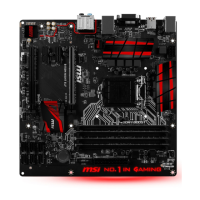
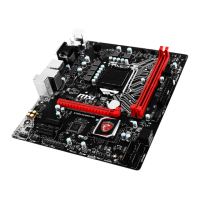

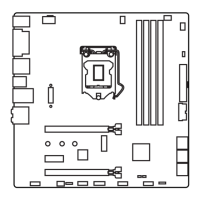
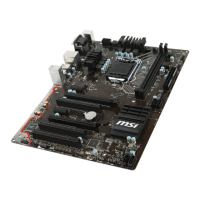
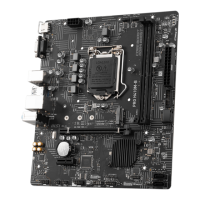
